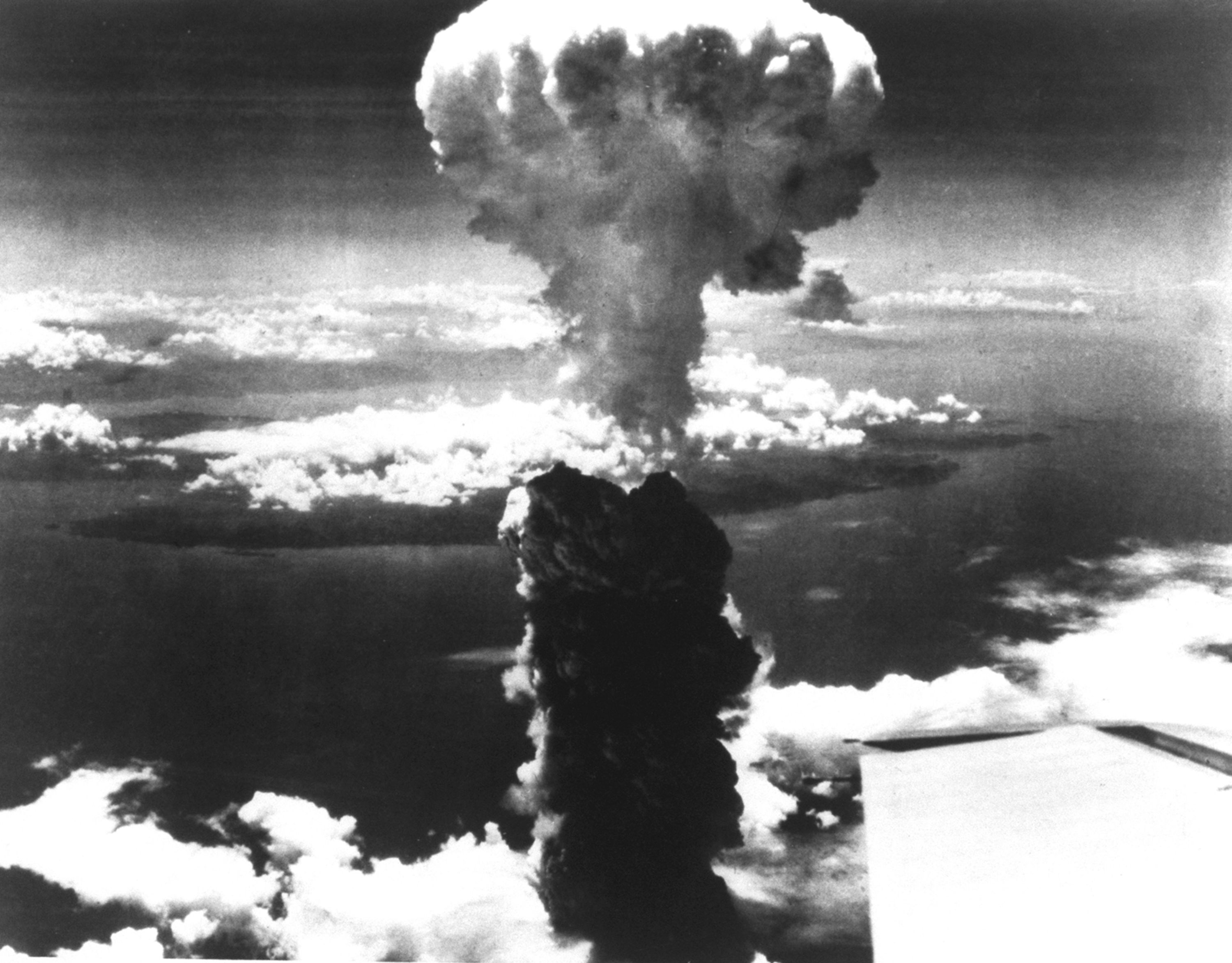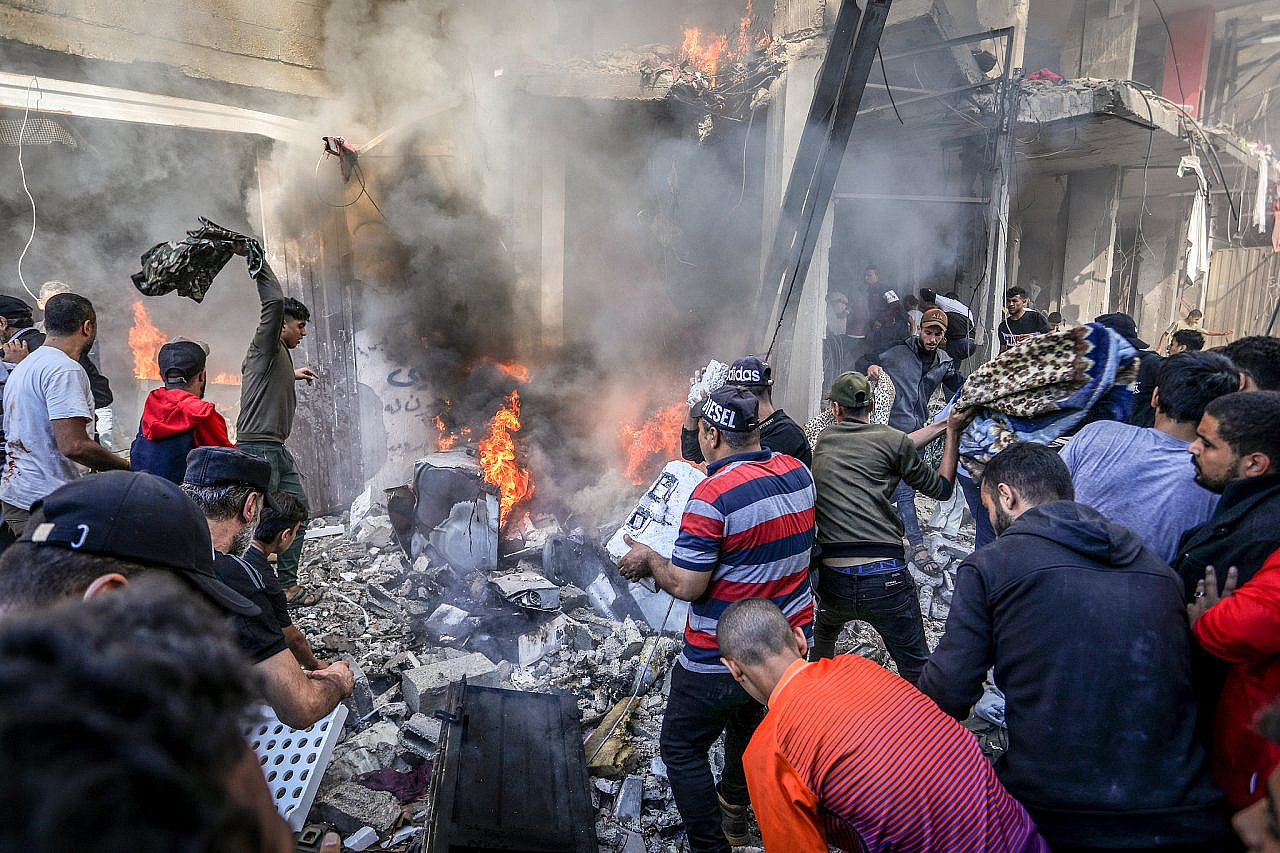 The August deadline might be seen back home as a milestone in the fulfillment of President Obama’s promise to end the war in Iraq, but here it is more complex.
The August deadline might be seen back home as a milestone in the fulfillment of President Obama’s promise to end the war in Iraq, but here it is more complex.
American soldiers still find and kill enemy fighters, on their own and in partnership with Iraqi security forces, and will continue to do so after the official end of combat operations. More Americans are certain to die, if significantly fewer than in the height of fighting here.
The withdrawal, which will reduce the number of American troops to 50,000 — from 112,000 earlier this year and close to 165,000 at the height of the surge — is a feat of logistics that has been called the biggest movement of matériel since World War II. It is also an exercise in semantics.
What soldiers today would call combat operations — hunting insurgents, joint raids between Iraqi security forces and United States Special Forces to kill or arrest militants — will be called “stability operations.” Post-reduction, the United States military says the focus will be on advising and training Iraqi soldiers, providing security for civilian reconstruction teams and joint counterterrorism missions.
“In practical terms, nothing will change,” said Maj. Gen. Stephen R. Lanza, the top American military spokesman in Iraq. “We are already doing stability operations.” Americans ceased major combat in Iraq long ago, and that has been reflected in the number of casualties. So far this year, 14 soldiers have been killed by hostile fire, and 27 more from accidents, suicides and other noncombat causes, according to icasualties.org.





 The United States will mark the 84th anniversary of the Japanese attack on the U.S. naval...
The United States will mark the 84th anniversary of the Japanese attack on the U.S. naval... On Monday, August 6, 1945, after six months of intense firebombing of 67 other Japanese cities,...
On Monday, August 6, 1945, after six months of intense firebombing of 67 other Japanese cities,...:focal(1285x1016:1286x1017)/https://tf-cmsv2-smithsonianmag-media.s3.amazonaws.com/filer_public/d1/4e/d14ed238-3b62-4506-9f53-fc2178dade60/nov2025_d17_prologue.jpg) In the fall of 1945, a bit more than six years after Nazi Germany invaded Poland...
In the fall of 1945, a bit more than six years after Nazi Germany invaded Poland... In 2021, a book titled “The Human-Machine Team: How to Create Synergy Between Human and Artificial...
In 2021, a book titled “The Human-Machine Team: How to Create Synergy Between Human and Artificial...






























